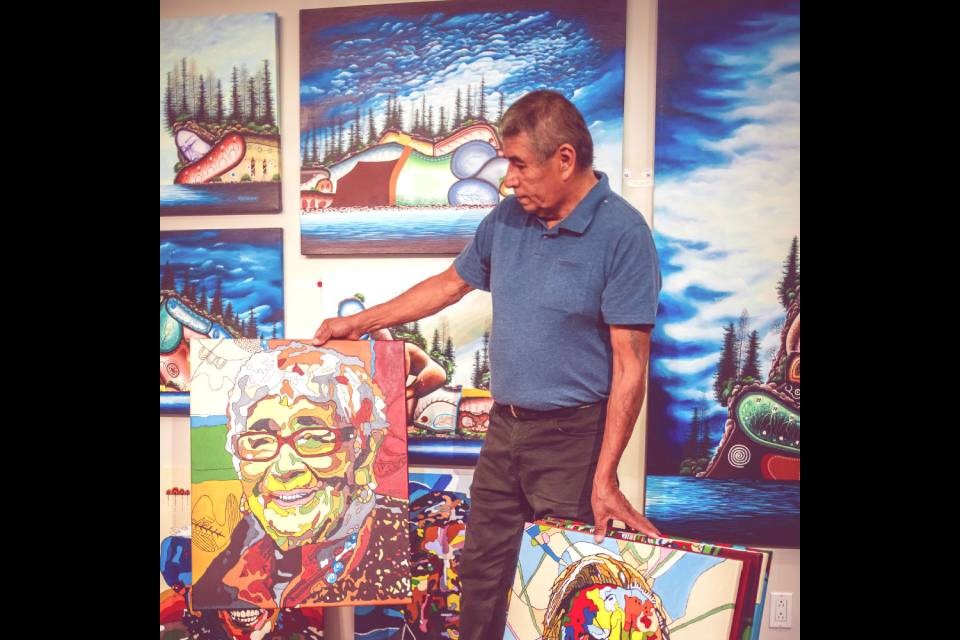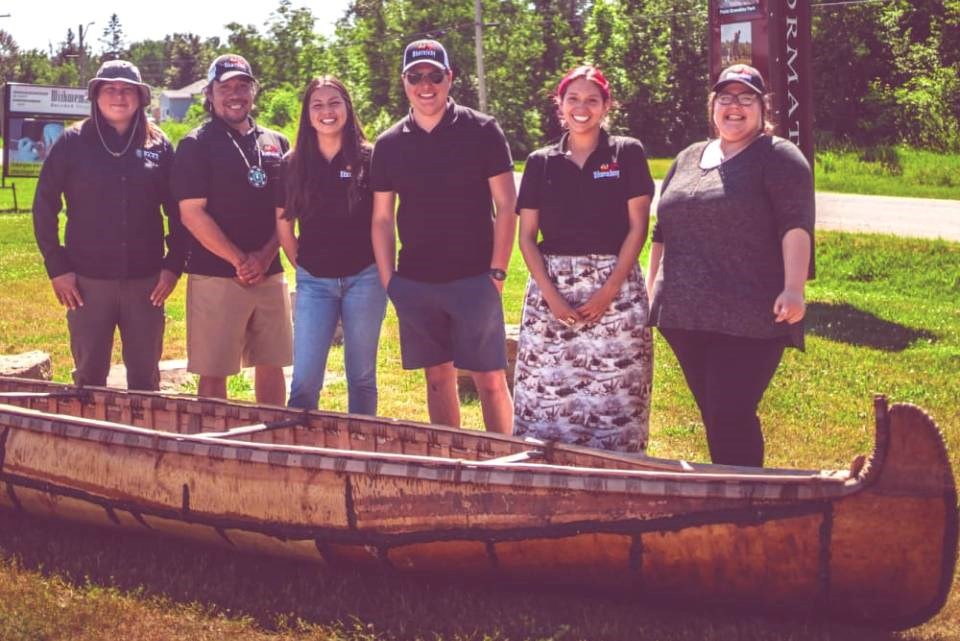Indigenous tourism is one of the fastest growing facets of Ontario's tourism industry. Kevin Eshkawkogan wants to capitalize on that.
Indigenous Tourism Ontario (ITO) is developing a new strategy to entice more visitors to Northern Ontario, to stay longer and engage in more authentic experiences with Indigenous peoples.
Early in July, the organization launched the Indigenous Tourism Corridor Strategy for Northern Ontario, following a call for proposals from Destination Canada and financial support from FedNor. The Anishinabek Nation is also working on a portion of the strategy, in partnership with ITO.
Once complete, the strategy will target the travel corridor between Toronto and Sault Ste. Marie, said Eshkawkogan, ITO's executive director, bundling businesses into itineraries that guests can follow along selected routes.
“It's about growing that sector within the industry, and getting people travelling and moving around and exploring the North,” said Eshkawkogan.
Indigenous people have been hosting visitors along these travel routes for hundreds of years, he noted, and now the ITO wants to reshape those experiences for modern travellers.
“That's not just to the benefit of the First Nation or Indigenous businesses," he said. "That's to the benefit of all tourism operators and all businesses within those economies in Northern Ontario.”
SEE: Partners collaborating on Indigenous tourism
Indigenous tourism is one of the fastest growing facets of Ontario's tourism industry, with one in three international travellers seeking out those experiences, he added.
Ontario generates $622 million, or 34 per cent, of Canada's revenue from Indigenous tourism, and a third of Indigenous tourism jobs are located in Ontario.
ITO has identified 24 First Nations between Toronto and Sault Ste. Marie, including those on Manitoulin Island, to be part of the strategy, noted Scott Mercs, ITO's marketing lead and business advisor.
Mercs has been travelling to participating communities, and already a buzz is building around the possibilities.
“When I visit these communities and talk about the strategy and meet one on one with people, they're very excited about launching, let's say, a guiding business, or a business where an Elder does bead-working,” he said. “So they're very excited.”
The organization expects to help create five new businesses, maintain seven businesses and modernize two more.
In the first of three phases, ITO will take an inventory of market-ready businesses and experiences and gauge their level of interest in participating. That will go on until October, Mercs said.
ITO will then create a series of itineraries during the second phase, which will run from November to January.
“We're going to have three to five itineraries where we pick routes,” Mercs said. “And we're going to name them and identify clusters of like-minded tourism businesses and put together a five-day package or a three-day package.”
During the third phase, ITO will develop a marketing plan, which will take a multi-pronged approach, he added.
Slated to be launched during the Rendez-vous Canada travel trade show, next May in Toronto, the itineraries will be promoted to international travel trade operators. They will then sell them internationally as tours; to travel agencies, which will market them as 'fly-and-drive’ experiences — international visitors will fly to Canada and drive around the tour — and as group bus tours.
They'll also be listed on the Native Experiences Ontario website, where tourists can book experiences online directly with the operator.

Europeans are still the number one demographic interested in Indigenous tourism experiences. But domestic travellers, including newcomers to Canada, are increasingly interested as well, Eshkawkogan said. Indigenous tourism along with the great outdoors are two of the North's biggest draws.
“So this makes a whole lot of sense from an economics perspective, but also from a cultural perspective,” he added.
“And, you know, in the era of truth and reconciliation, of sharing with others, as First Nations people often do … it makes a whole lot of sense that we try to bring visitors up in and through Northern Ontario.”
ITO is also taking measures to ensure the authenticity of the businesses participating, running each through a cultural verification process Eshkawkogan calls “unrivalled.”
Business owners are first verified as Indigenous — First Nation, Inuit or Métis — through the Indigenous digital identity tool Debwewin.com, before being vetted by ITO's Indigenous Cultural Integrity Advisory Group, comprised of 16 individuals that represent the geographical diversity of Ontario.
If they meet the group's cultural integrity guidelines, the businesses will be recommended to the ITO's board of directors and become an ITO member.
Though the process does entail a commitment from the business, it's free to participate, Eshkawkogan said, and members get associated benefits, including being part of the corridor strategy and marketing initiatives like Rendez-vous Canada, as well as ITO's relationship with Destination Ontario.
It also helps protect businesses and tourists from any fraudulent activity by bad actors falsely claiming to be Indigenous.
“We are verifying these businesses through our process, so that the visitor and all of our allies, partners know if you're an ITO Indigenous member, you went through a verified process that is approved by Indigenous people, Indigenous-led, and they're identifying that these are the businesses that are there,” Eshkawkogan said.
SEE: Tourism operators asked to reflect: ‘Are you really an ally?’
The creation of the strategy follows ITO's four-pillar approach that guides the organization in growing the Indigenous tourism industry: cultural integrity, marketing and branding, product development, and workforce development.
That's why, in a future stage of the corridor strategy, ITO will work with businesses on building their product or service, through mentorship and other resources.




